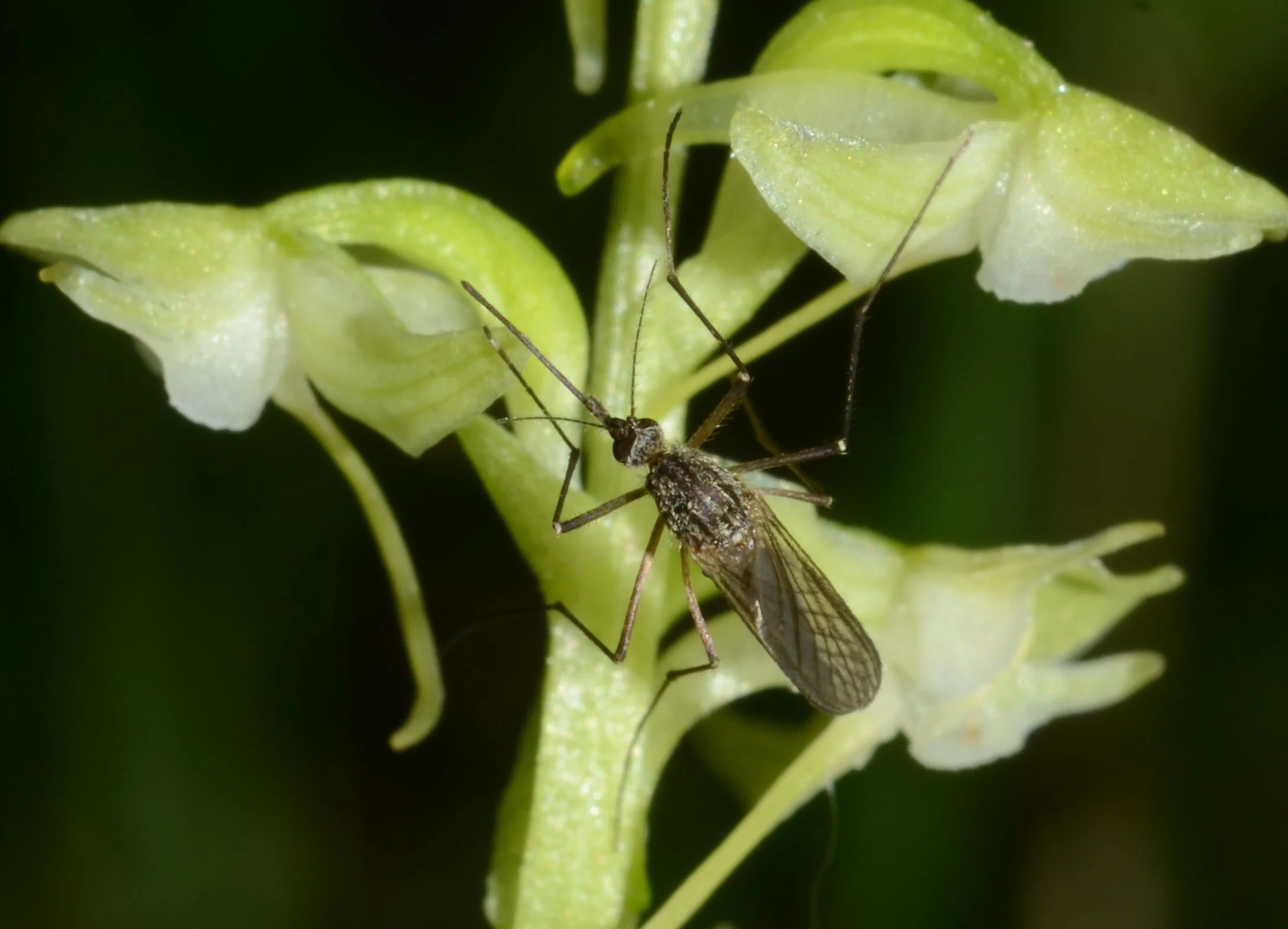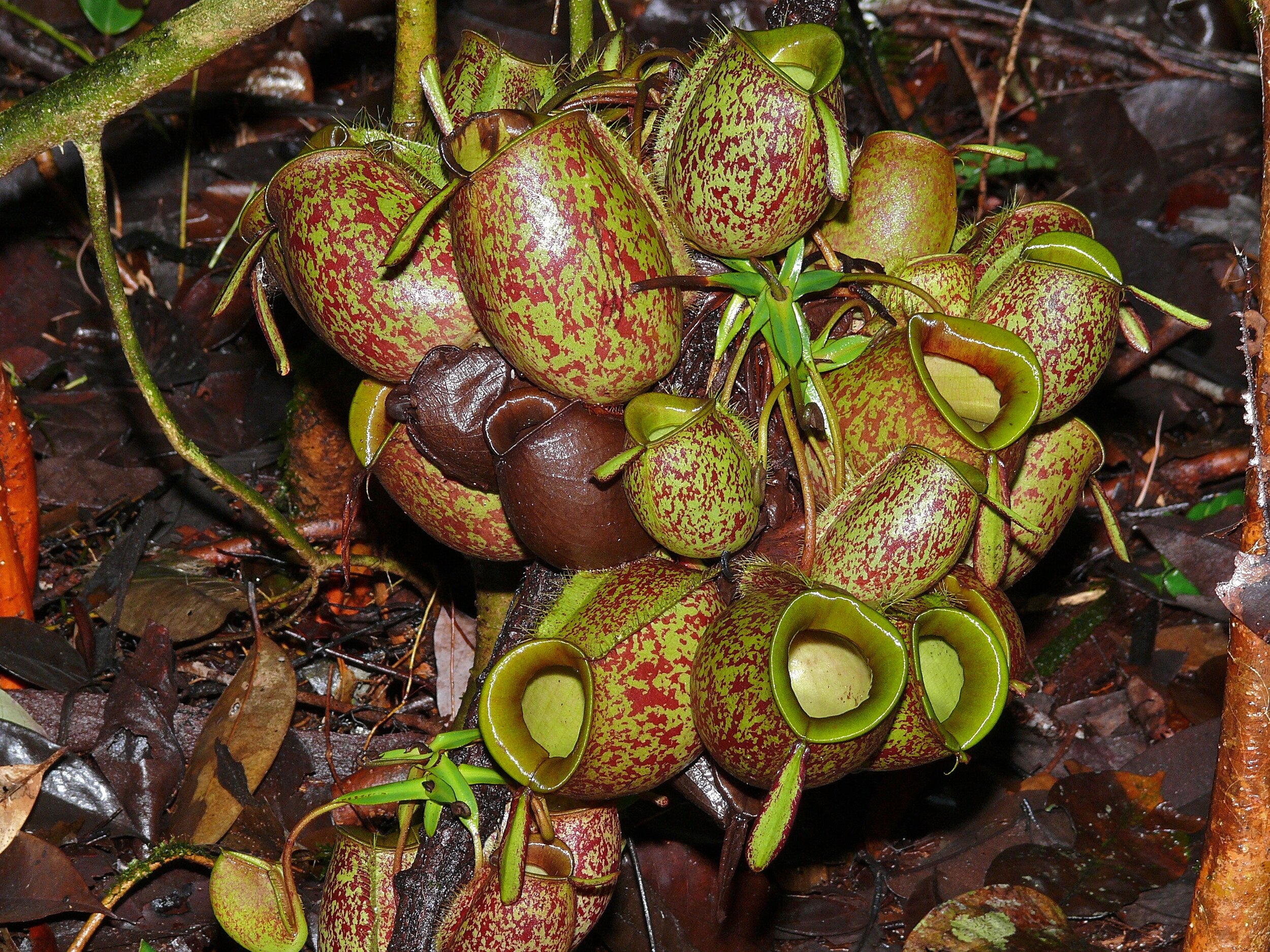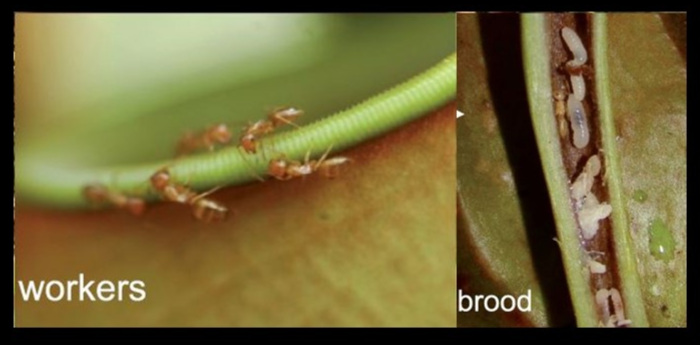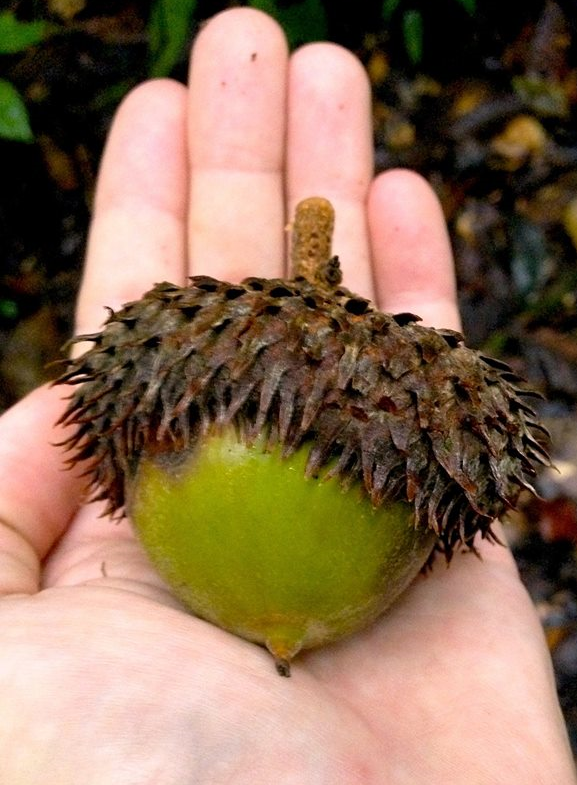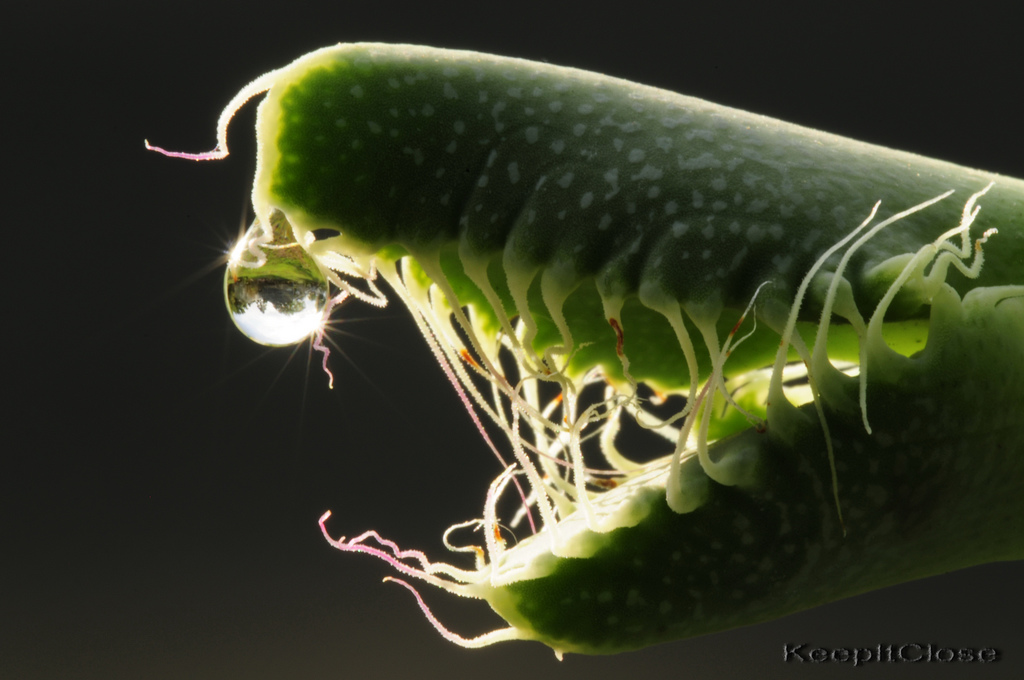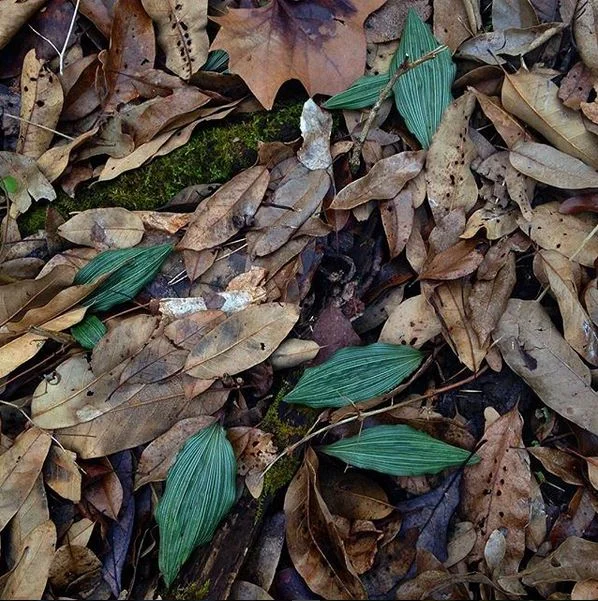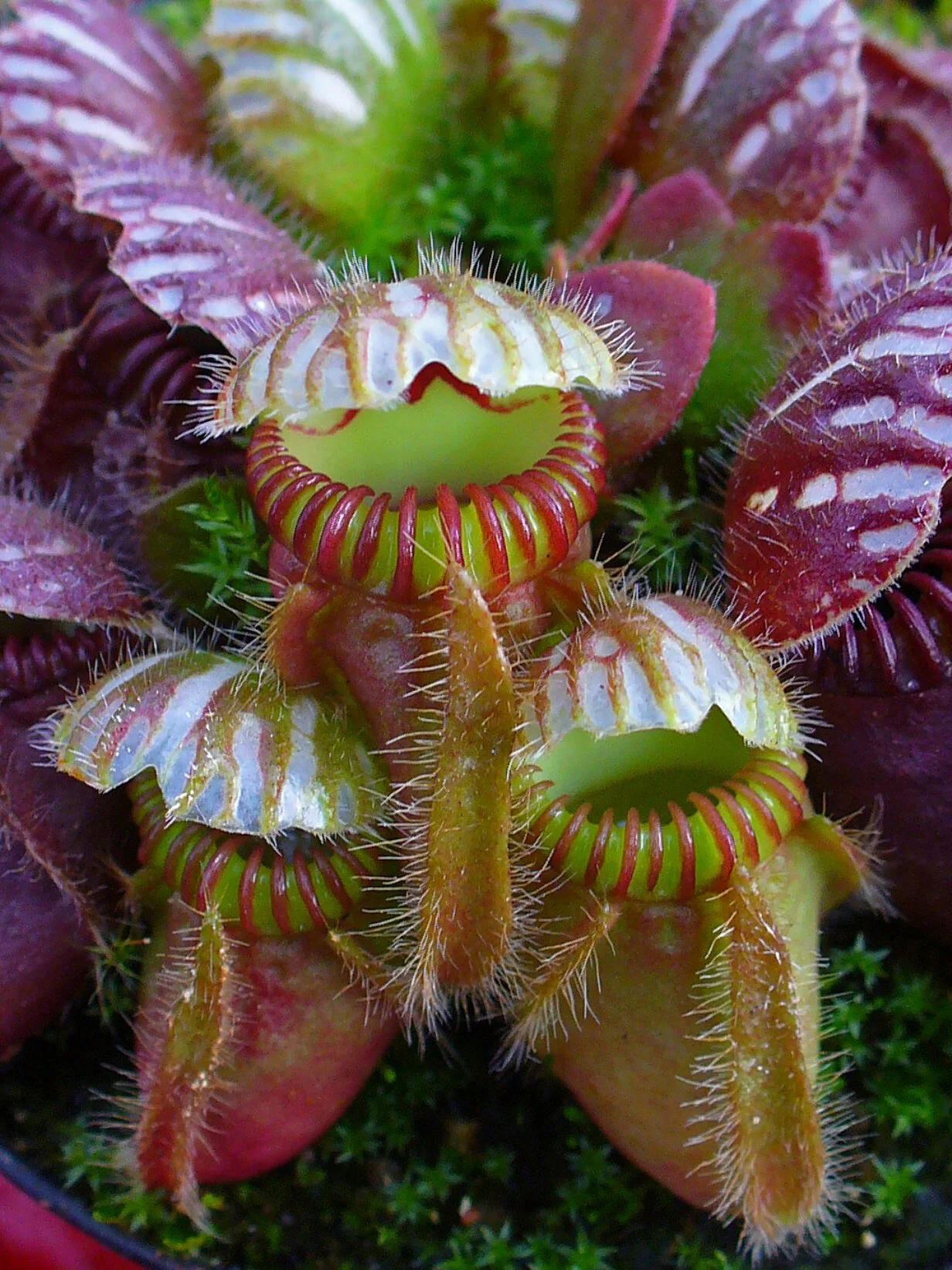Synthesizing the effects of white-tailed deer on the landscape have, until now, been difficult. Although strong sentiments are there, there really hasn't been a collective review that indicates if overabundant white-tailed deer populations are having a net impact on the ecosystem. A recent meta-analysis published in the Annals of Botany: Plant Science Research aimed to change that. What they have found is that the overabundance of deer is having strong negative impacts on forest understory plant communities in North America.
White-tailed deer have become a pervasive issue on this continent. With an estimated population of well over 30 million individuals, deer have been managed so well that they have reached proportions never seen on this continent in the past. The effects of this hyper abundance are felt all across the landscape. As anyone who gardens will tell you, deer are voracious eaters.
Tackling this issue isn't easy. Raising questions about proper management in the face of an ecological disaster that we have created can really put a divide in the room. Even some of you may be experiencing an uptick in your blood pressure simply by reading this. Feelings aside, the fact of the matter is overabundant deer are causing a decline in forest diversity. This is especially true for woody plant species. Deer browsing at such high levels can reduce woody plant diversity by upwards of 60%. Especially hard hit are seedlings and saplings. In many areas, forests are growing older without any young trees to replace them.
What's more, their selectivity when it comes to what's on the menu means that forests are becoming more homogenous. Grasses, sedges, and ferns are increasingly replacing herbaceous cover gobbled up by deer. Also, deer appear to prefer native plants over invasives, leaving behind a sea of plants that local wildlife can't readily utilize. It's not just plants that are affected either. Excessive deer browse is creating trophic cascades that propagate throughout the food web.
For instance, birds and plants are intricately linked. Flowers attract insects and eventually produce seeds. These in turn provide food for birds. Shrubs provide food as well as shelter and nesting space, a necessary requisite for healthy bird populations. Other studies have shown that in areas that experience the highest deer densities songbird populations are nearly 40% lower than in areas with smaller deer populations. As deer make short work of our native plants, they are hurting far more than just the plants themselves. Every plant that disappears from the landscape is one less plant that can support wildlife.
Sadly, due to the elimination of large predators from the landscape, deer have no natural checks and balances on their populations other than disease and starvation. As we replace natural areas with manicured lawns and gardens, we are only making the problem worse. Deer have adapted quite well to human disturbance, a fact not lost on anyone who has had their garden raided by these ungulates. Whereas the deer problem is only a piece of the puzzle when it comes to environmental issues, it is nonetheless a large one. With management practices aimed more towards trophy deer than healthy population numbers, it is likely this issue will only get worse.
Photo Credit: tuchodi (http://bit.ly/1wFYh2X)
Further Reading:
http://aobpla.oxfordjournals.org/content/7/plv119.full
http://aobpla.oxfordjournals.org/content/6/plu030.full
http://www.sciencedirect.com/science/article/pii/S0006320705001722


![A liverwort “trap” showing the lid (L), water sac (wl). {SOURCE]](https://images.squarespace-cdn.com/content/v1/544591e6e4b0135285aeb5b6/1453484005585-XO0ZD7MMGIVHXPW0JU5M/image-asset.jpeg)
![[SOURCE]](https://images.squarespace-cdn.com/content/v1/544591e6e4b0135285aeb5b6/1453483994540-FO0ROSLCBG9A6TRN9HHJ/image-asset.jpeg)








